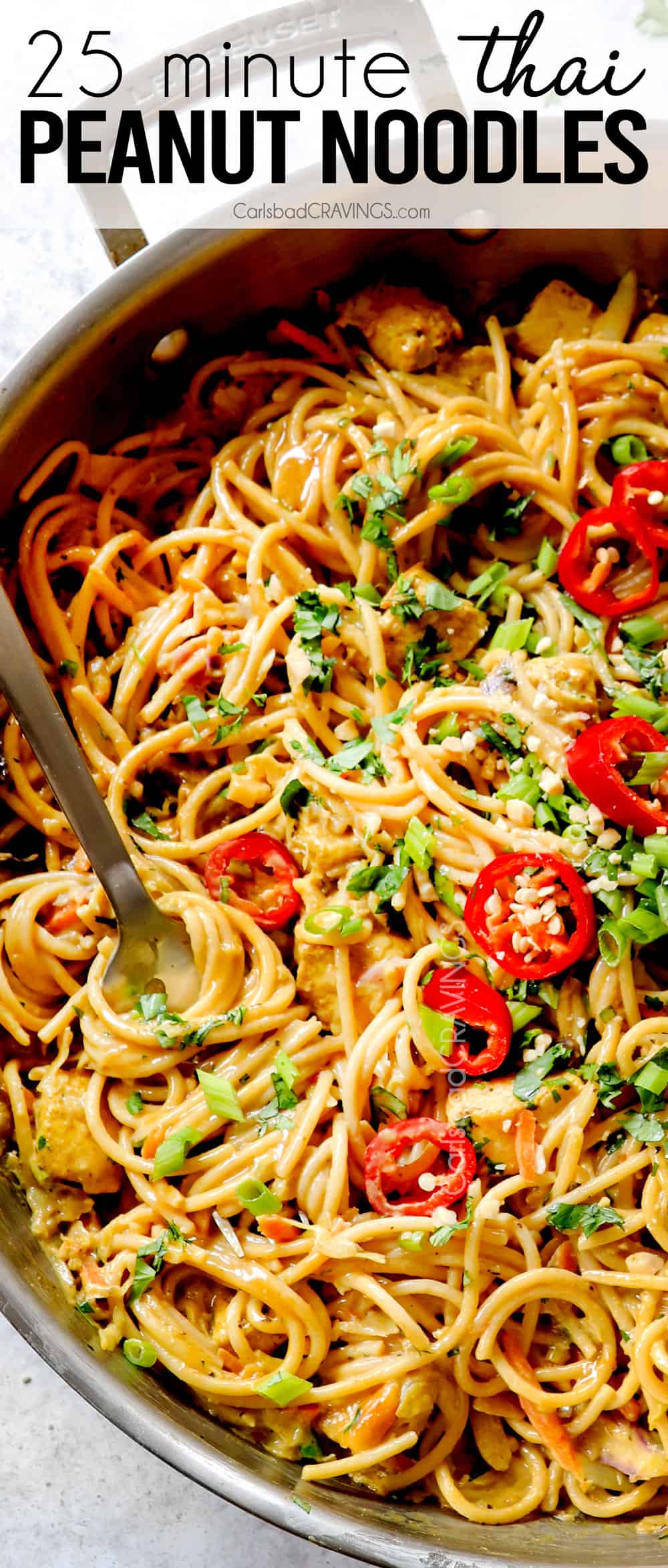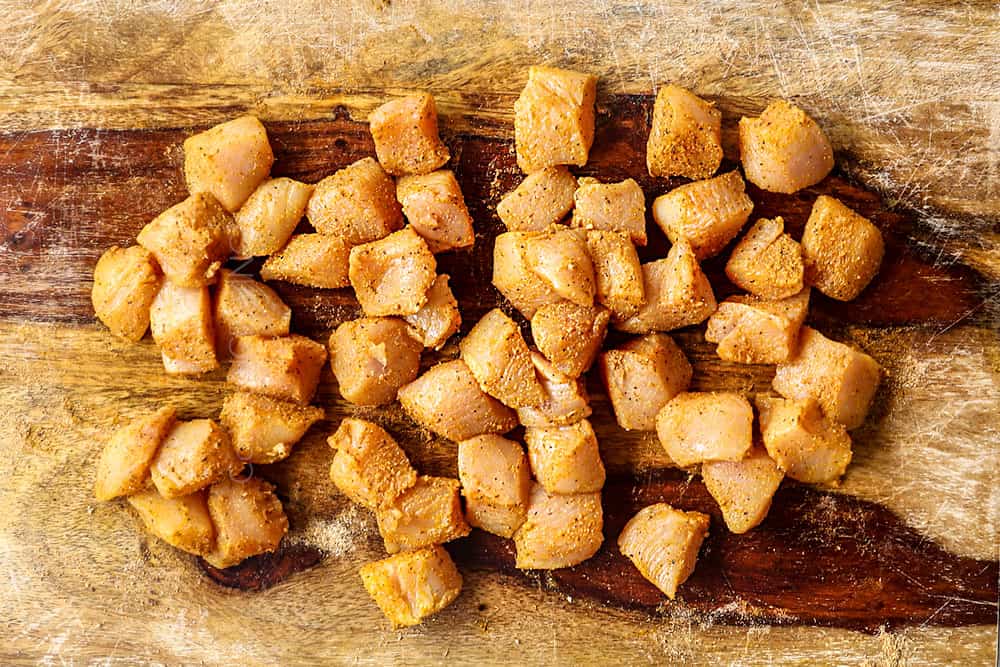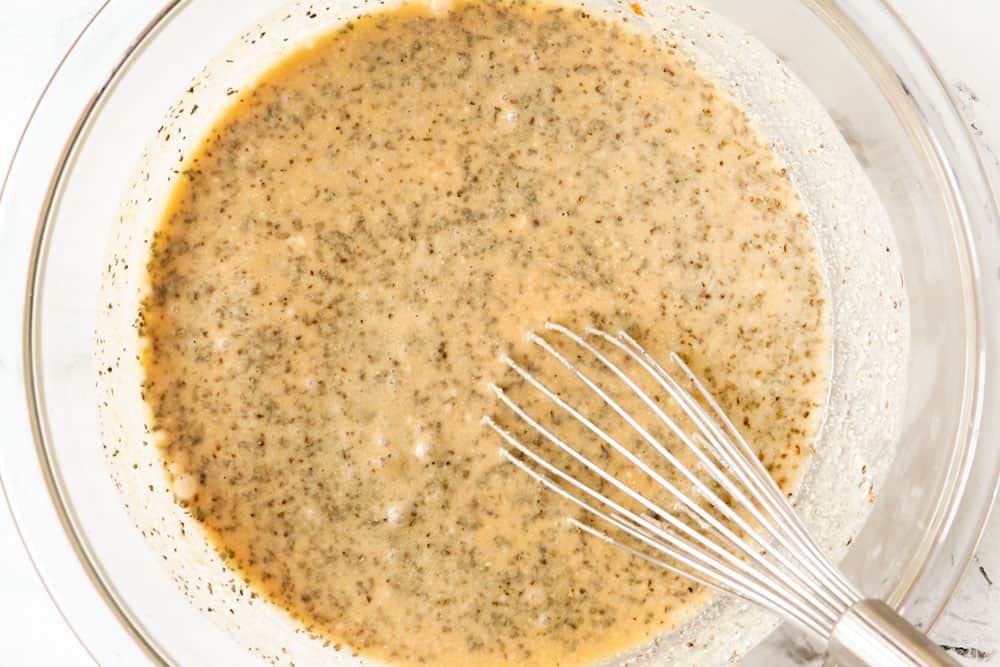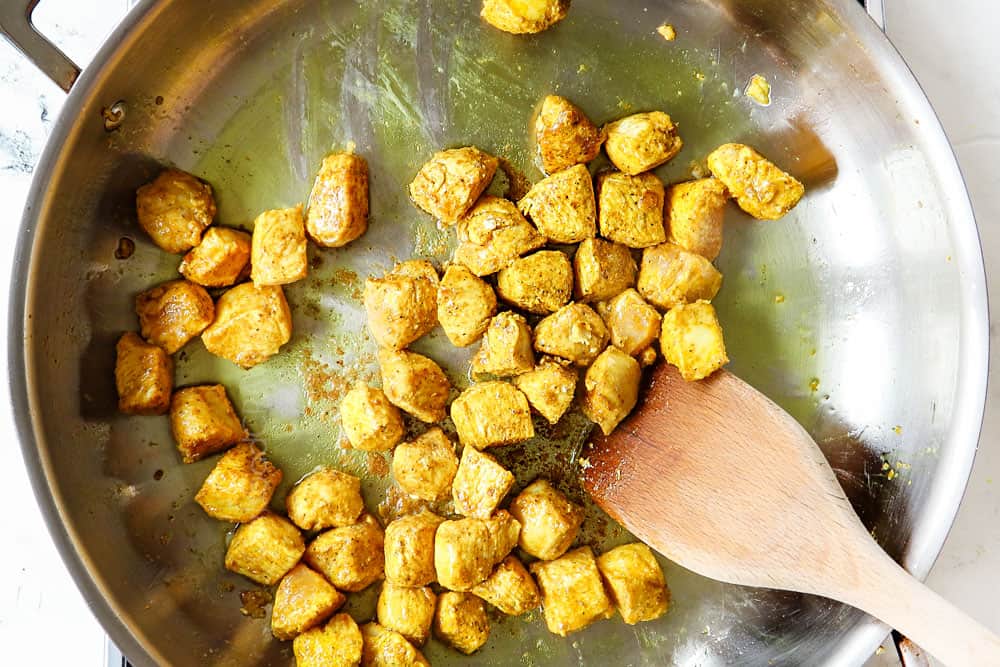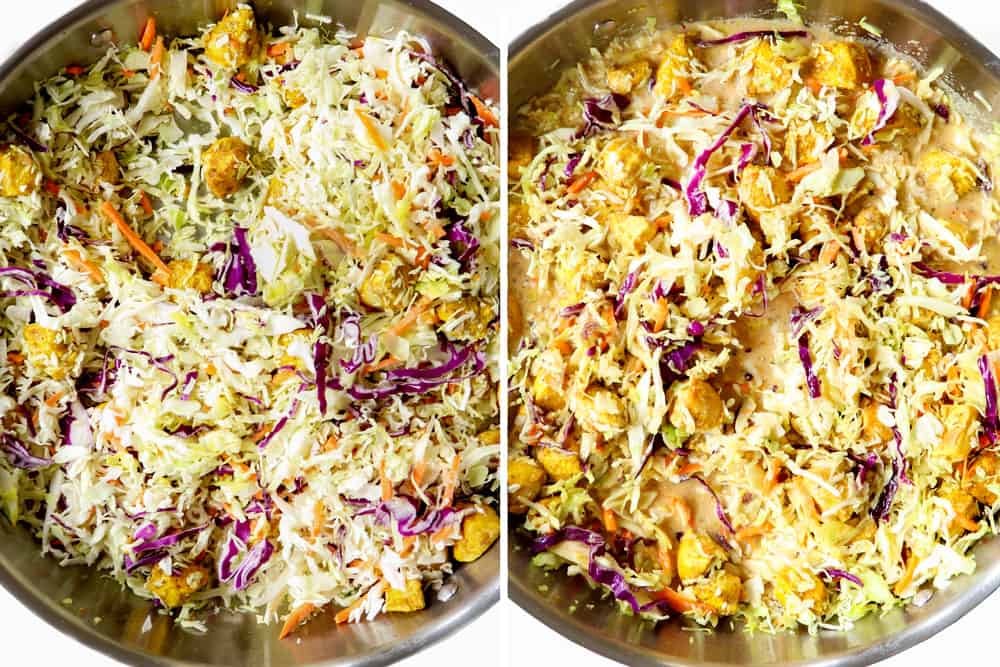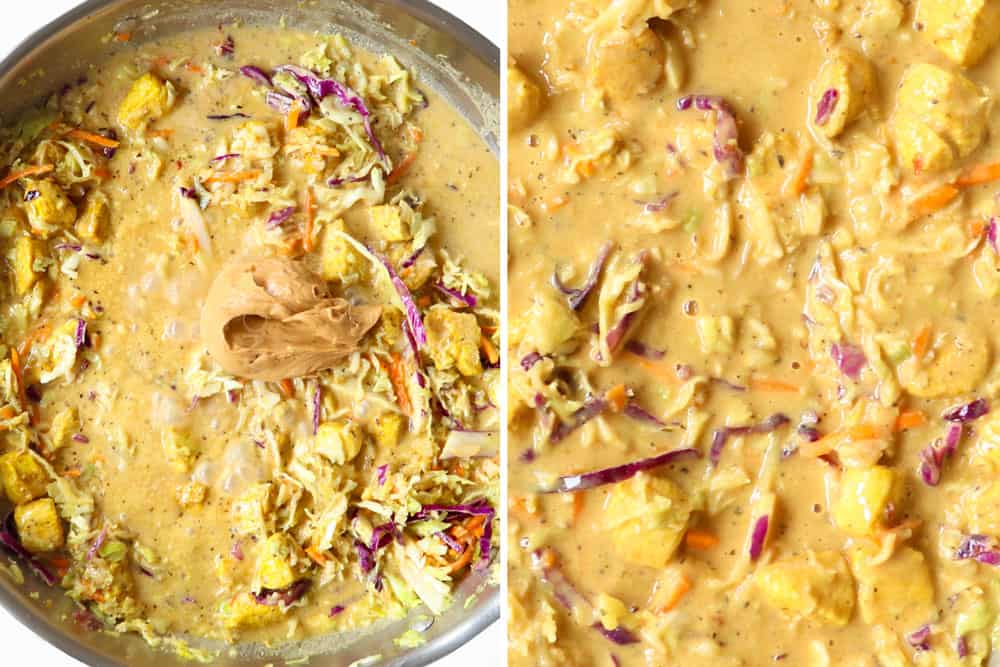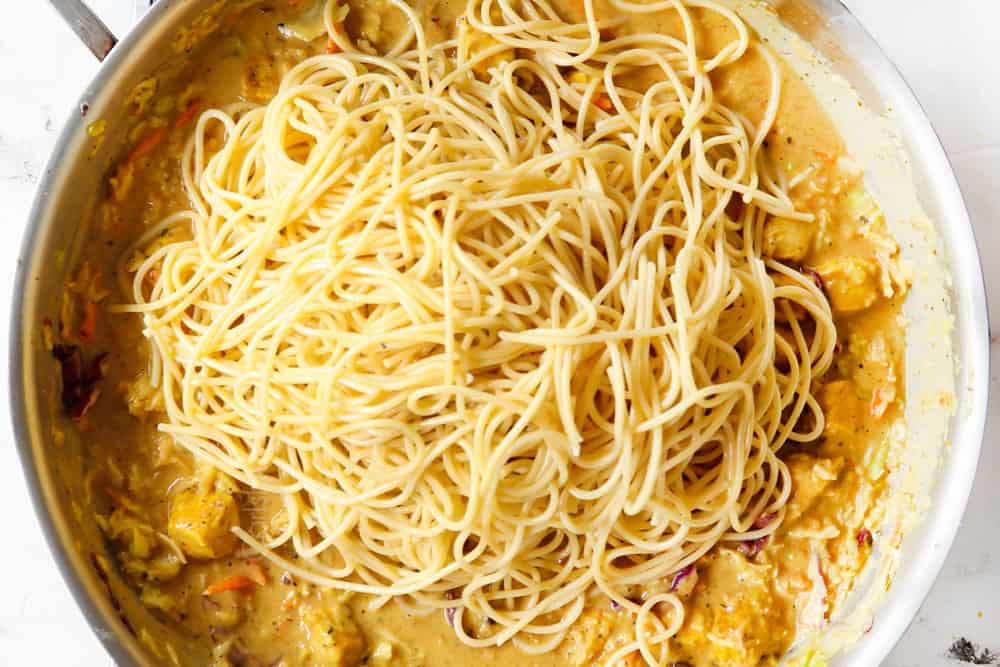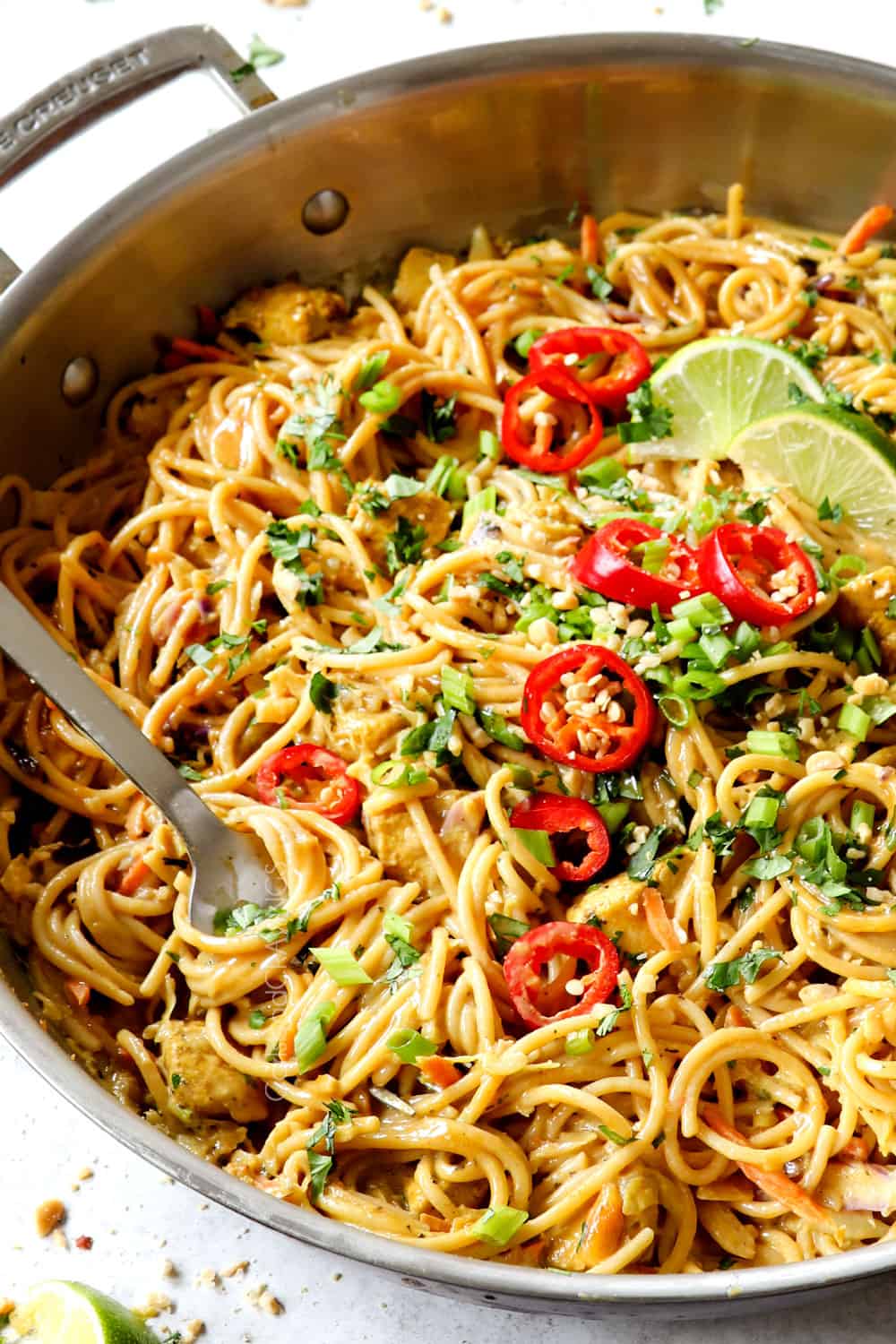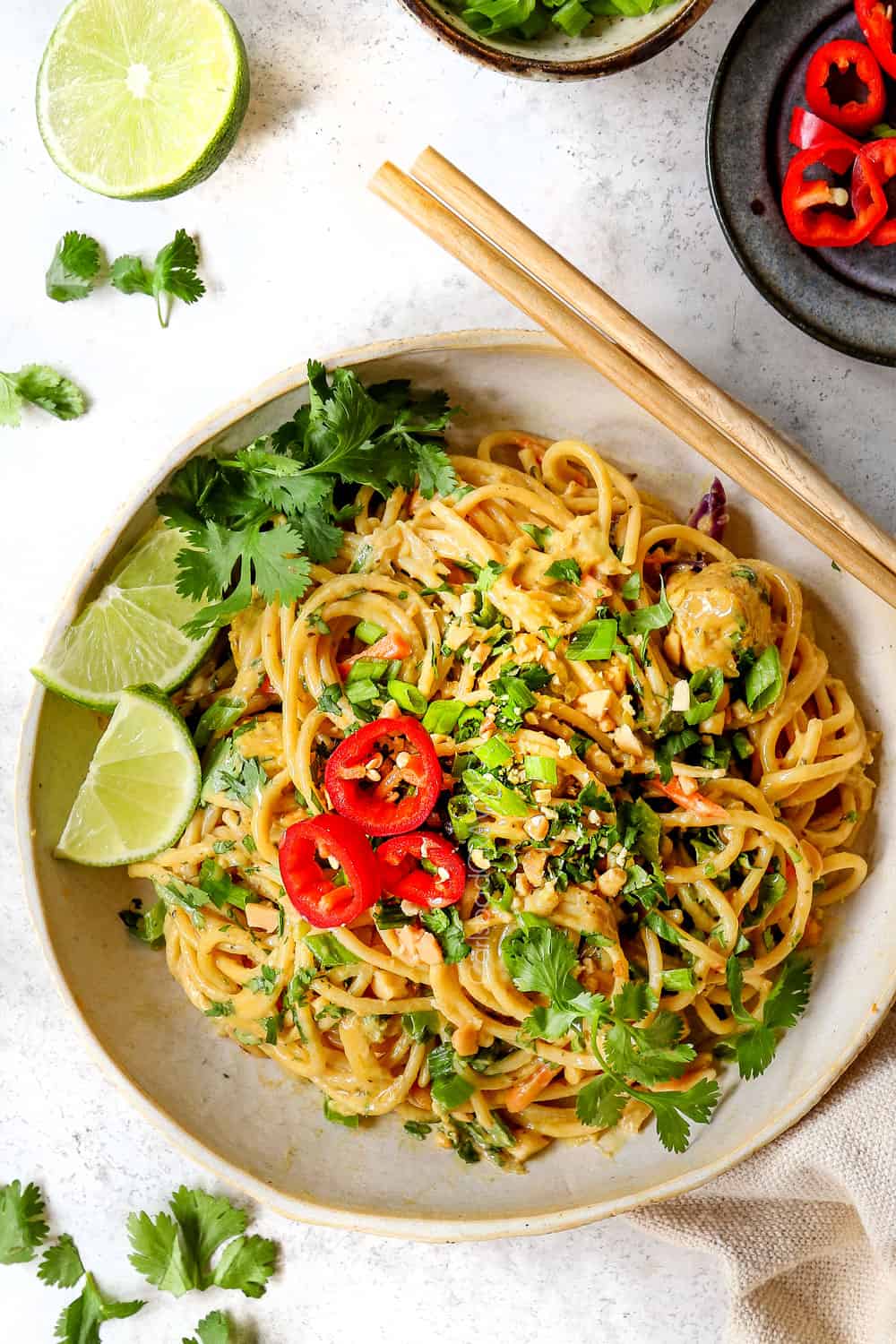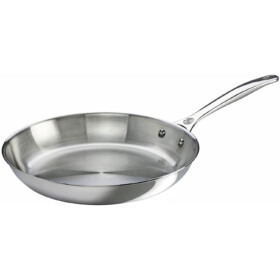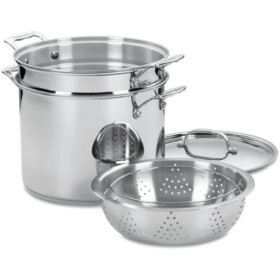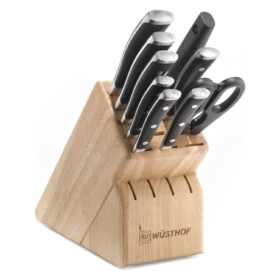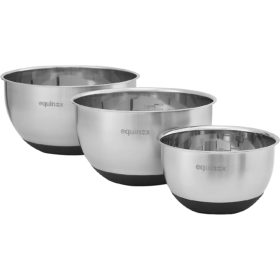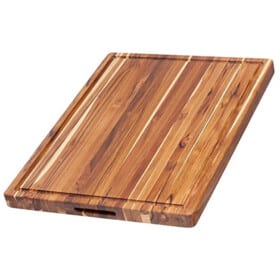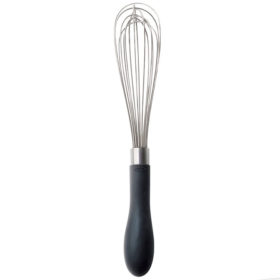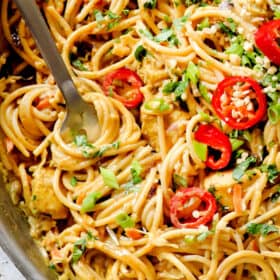Thai food is my absolute favorite cuisine! I love creating Thai food at home such as Pad Thai, Drunken Noodles, Pad See Ew, Red Curry Chicken, Panang Curry, Green Curry, Yellow Curry, Tom Kha Gai, Chicken Satay and now these Thai Peanut Noodles!
PIN THIS RECIPE TO SAVE FOR LATER
Watch: How to Make Thai Peanut Noodles
Noodles With Peanut Sauce
It’s no secret that Thai food has my heart. One of my absolutely favorite Thai recipes is Chicken Satay. I love it so much I’ve used the hypnotic peanut sauce in:
Chicken Satay Skewers Pineapple Coconut Chicken Satay Thai Peanut Chicken Tacos Thai Chicken Pizza Peanut Butter Chicken (aka Chicken Satay Skillet) and now these Thai Peanut Noodles!
Why the obsession? The sauce is easy, dreamy, creamy, exploding with layers of complex, multi-dimensional flavor and it has peanut butter. This Peanut Noodles recipe takes the hypnotic sauce infused with ginger, garlic, coconut and lime and tosses it with a tangle of silky noodles, juicy chicken and veggies to create a lazy yet luxurious meal the whole family will swoon over. The Thai Peanut Noodles are creamy, tangy, salty, savory and as spicy as you want. To make these Peanut Butter Noodles, bite size pieces of chicken are coated in ground ginger, garlic powder, onion powder, coriander and turmeric, then browned in a skillet. Next, a simple sauce of coconut milk, soy sauce, brown sugar, lime juice, fish sauce, Asian chili sauce and basil is added. Simmer them with zero chopping coleslaw or any other veggies you’d like then toss in the noodles. And slurp. Prepare to fall in love!
Thai Peanut Noodles Recipe Ingredients
The ingredients for Peanut Butter Noodles should be pantry staples if you do much Asian cooking. If not, they can easily be found at your local grocery store. The list might seem lengthy, but all the ingredients are just whisked together – SO easy! You will need:
Chicken: you can use either chicken thighs or chicken breasts for this recipe, it really comes down to personal preference. Chicken thighs are dark meat and inherently juicier and more forgiving but chicken breasts still emerge wonderfully juicy as long as they are not overcooked. Noodles: I prefer spaghetti but you can use any long noodles you’d like. I outlined some options below. Peanut butter: adds a nutty earthiness and creaminess that marries all the ingredients together. You can use smooth OR crunchy peanut butter. While natural peanut butter has a stronger peanut flavor, commercial peanut butter such as Jif or Skippy contain sugar and other additives that add more flavor and create a creamier, more cohesive sauce. Due to the differences in peanut butter consistency and flavor, you may need more or less to taste. You will also have to be ready to add more or less sugar and salt to taste. Coconut milk: creates the coconut-creamy base for the sauce. You can use full fat or light coconut milk but keep in mind fat=flavor. If you go with light coconut milk, the sauce will be thinner/runnier, so consider adding an extra 1 teaspoon of cornstarch. Cornstarch: my secret to gorgeously thick Peanut Butter Noodles. Soy sauce: grounds the sauce. Please use low sodium soy sauce so your sauce isn’t too salty. Brown sugar: adds sweetness to balance the soy, lime juice and fish sauce. You may need more or less brown sugar depending on your personal preferences and your brand of peanut butter. Fish sauce: I promise fish sauce will not be detectable or make your Peanut Sauce Noodles taste fishy! It simply adds the balance of savory and salty flavor. You may substitute fish sauce with soy sauce if you don’t keep it stocked – but you’ll want to pick up some fish sauce if there is more Thai cooking in your future. Lime juice: you may use fresh or bottled lime juice but go fresh if you can. I will freeze lime juice in cubes so I always have some on hand. Garlic powder: most of the seasonings are used as a rub and added to the chicken directly before it is seared, so all you need are powders! Use more or less garlic powder depending on your garlic love or you can stir in more garlic powder into the sauce at the end of cooking. Ground ginger: adds a warm spicy, almost pepper taste. Ground coriander: adds a toasty, lemony citrus flavor that I use to mimic lemongrass. If you don’t keep it stocked you can skip it. Ground turmeric: adds gingery, punchy, earthy undertones. Again, if you don’t keep it stocked you can skip it. Dried basil: is added to the sauce and not to the chicken so it doesn’t burn when browning the chicken. Basil adds a layer of savory, peppery and slightly minty flavor. I used dried basil for convenience but you are welcome to use fresh, chopped basil (about ¼ cup) and add it the last few minutes of cooking. Asian chili sauce: adds a little heat and rounds out the flavors. You can customize the spice level by adding additional chili sauce to taste. If you aren’t sure how much to add, you can start with less then stir in more at the end if needed. If your Peanut Noodles are missing something, it is probably heat and salt. Coleslaw: one 16-ounce bag of coleslaw adds a slight crunch without any chopping!
More Noodle Options
Pick your fav!
Linguine or Thin Spaghetti: these are easy, accessible and remind me of thin soba noodles. Make sure to cook them al dente. Soba noodles: are made from buckwheat flour and boast a strong, nutty flavor, which works fabulously in this Peanut Noodles recipe. Dried soba noodles like flat spaghetti and are usually light beige to dark brown-gray in color. Udon: are thick, chewy, dense wheat noodles with a neutral flavor which allows them to pair well with strong sauces like this one. Ramen: most of us are familiar with ramen noodles sold in the square packages with the seasoning package but authentic ramen noodles are also sold in the Asian section without the seasoning packet. They are thin, slightly curly wheat noodles with a chewy bite. You can also go with fresh ramen noodles found at an Asian market.
How to Make Thai Peanut Noodles
This Peanut Noodles recipe comes together in minutes! Here’s how to make it:
Step 1: Season the chicken. While the chicken is still on the cutting board, pat it dry with paper towels. Toss it with ground ginger, garlic powder, ground coriander, turmeric powder, salt and pepper; set aside.
Step 2: Make sauce. Whisk all of the sauce ingredients together; set aside.
Step 3: Cook chicken. Heat some oil in a large skillet over medium-high heat until hot and rippling. Add chicken and cook until opaque (chicken will not be cooked through).
Step 4: Cook coleslaw. Add coleslaw and cook one minute. Step 5: Simmer sauce. Add the sauce to the coleslaw and chicken and simmer until chicken is cooked through and sauce is thickened, 3-5 minutes.
Step 6: Add peanut butter. Stir in peanut butter until melted.
Step 7: Add noodles. Toss the noodles with the sauce until evenly coated.
Step 7: Garnish. Serve immediately, garnished with cilantro and peanuts, if desired.
Making Peanut Sauce Noodles Ahead of Time
Yes! While these Thai Peanut Noodles don’t require much prep, you can still prep everything in advance so your dinner can come together in minutes.
Prep chicken: chop chicken into large bite size pieces and toss with seasonings. Store in an airtight container in the refrigerator. Sauce: whisk the sauce ingredients together (aside from peanut butter) and store in an airtight container in the refrigerator for up to 5 days in advance. Make sure to whisk the sauce again before using. Noodles: cook noodles al dente and toss in some oil to prevent them from sticking together. Refrigerate in an airtight container until ready to use. Within the next 48 hours, proceed with the recipe without any of the prep!
Variations of Peanut Noodles
These Peanut Sauce Noodles are extremely easy to customize to make them your own. Here are a few ideas:
Omit protein: feel free to omit the chicken completely. If you omit the chicken, add the chicken seasonings directly to the sauce. Swap protein: add shrimp, steak or pork. Season the proteins with the chicken seasonings. If using shrimp, sauté it then add it back to the sauce with the noodles so it doesn’t overcook. Swap vegetables: swap the coleslaw for your veggies of choice or omit them altogether. Bell peppers, matchstick carrots, zucchini, mushrooms, bell peppers, snow peas, shiitake mushrooms, broccoli etc. You’ll want to stir fry the veggies for 2-3 minutes before adding the sauce.
You can also make the Thai Peanut Noodles spicier, sweeter, savorier, tangier, less tangy, etc. Here’s how:
For sweeter: add more brown sugar For saltier: add more fish sauce, soy sauce or salt For tangier: add more lime juice For spicier: add chili sauce For thinner: add coconut milk or water For thicker: add a cornstarch slurry
Thai Peanut Noodles Recipe Tips
These Thai Peanut Noodles are pretty straightforward but here are some helpful tips:
Don’t overcook the chicken. For the juiciest chicken, don’t overcook! Brown it in the skillet but let it finish cooking in the sauce. Use commercial peanut butter. While natural peanut butter has a stronger peanut flavor, commercial peanut butter such as Jif or Skippy contain sugar and other additives that add more flavor and create a creamier, more cohesive sauce. Add peanut butter to taste. You can use 1/3-½ cup peanut butter depending on your personal preference. Season to taste. If your Peanut Butter Noodles feel like they are missing something, it is likely salt, pepper and/or heat. Be ready to season to taste.
HOW DO I THICKEN PEANUT SAUCE?
The cornstarch in the peanut butter sauce will thicken the sauce as it simmers; the peanut butter will also thicken the sauce. If you still would like an even thicker sauce, make a slurry by whisking 1 teaspoon cornstarch in 2 tablespoons water then adding to the simmering sauce. Repeat this as step as desired.
HOW DO I THIN PEANUT SAUCE?
The peanut butter sauce will thicken more the longer it is simmers. If it simmers to the point of too thick, don’t worry! It is easy to thin by whisking in additional coconut milk or water.
Storing and Reheating Noodles With Peanut Sauce
These Peanut Butter Noodles makes exceptional leftovers and reheat wonderfully for lunches or dinners.
How to store: store in an airtight container in the refrigerator for up to five days. How to reheat in the microwave: transfer a portion to a microwave safe dish, heat for one minute, stir then continue to heat at 30 second intervals. You may want to add a splash of water to loosen. How to reheat on the stove: rewarm gently in a large skillet, stirring often. You may need to add additional coconut milk or water to loosen.
CAN I FREEZE Thai Peanut Noodles?
Yes! These Peanut Sauce Noodles freeze well but be aware the peanut sauce may change texture slightly depending on which peanut butter you use. To freeze, let the noodles cool completely. Transfer to an airtight container or plastic freezer bag and squeeze out any excess air. Freeze for up to 3 months.
Serving Thai Peanut Noodles
These Peanut Butter Noodles are explosively flavorful bursting with protein, veggies and carbs so it’s a complete meal-in one! To turn it into a complete Asian feast, pair it with:
Appetizers: we love highlighting appetizers with this dish such as Pineapple Cream Cheese Wontons, Pork Egg Rolls, Crab Rangoons, Potstickers, Korean Meatballs or Vietnamese Spring Rolls. Veggies: instead of adding veggies directly into the Peanut Noodles, you can serve stir fried veggies on the side. You can purchase pre-chopped veggies perfect for stir fries or use a frozen stir-fry blend or steam-in-the-bag microwavable frozen veggies. You can also serve with roasted veggies such as Roasted Broccoli or Roasted Cauliflower or sautéed Bok Choy. Fruit: fresh, bright, juicy, sweet mangos and/or pineapple are particularly tasty with these robust creamy noodles. You can also serve fruit salad such as Summer Fruit Salad, Perfect Fruit Salad, or Pina Colada Fruit Salad. Salad: some of our favorite Asian inspired salads include Ramen Salad, Crunchy Asian Salad, Chinese Salad, and Asian Pineapple Salad. Soups: Asian soups make a fantastic starter such as Wonton Soup, Egg Drop Soup or Miso Soup.
LOOKING FOR MORE THAI RECIPES?
Thai Peanut Dressing Thai Peanut Orange Chicken Thai Peanut Beef and Broccoli Curried Butternut Squash Soup Thai Coconut Chicken Rice Soup
Tag @CarlsbadCravings and Use #CarlsbadCravngs Leave a Review, I Always Love Hearing From You!
